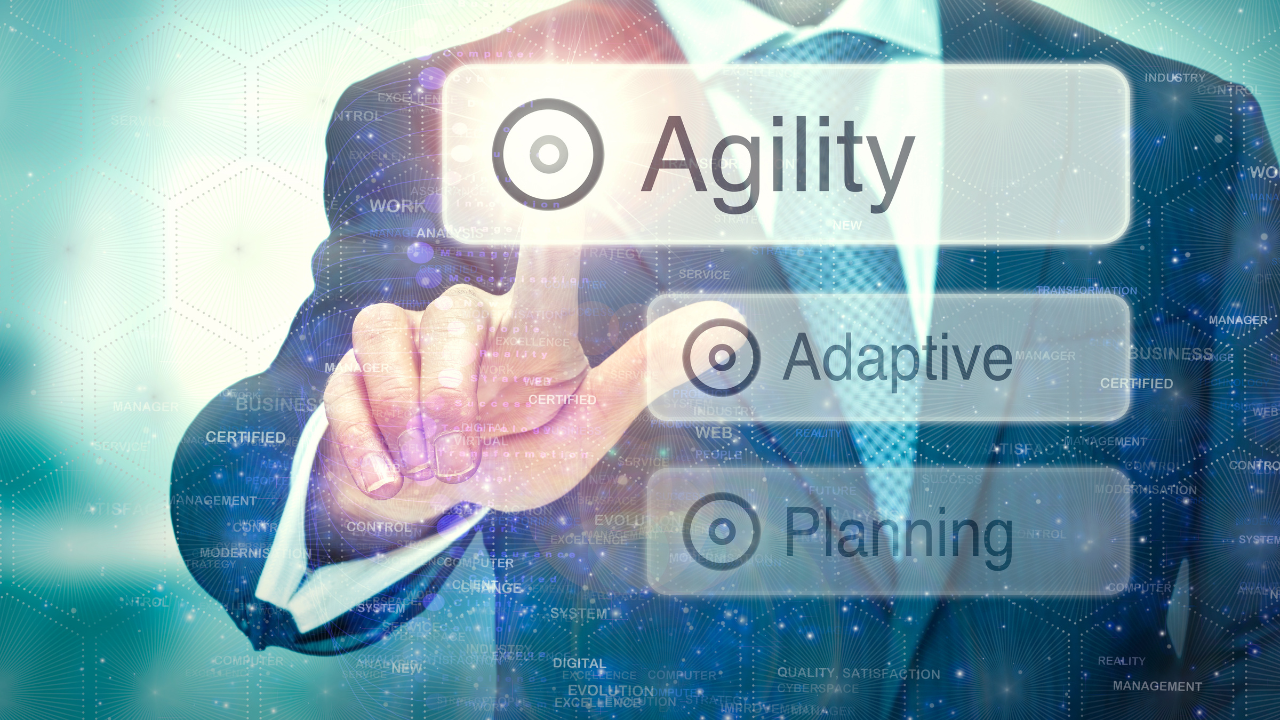The advent of Covid has, in many cases, led to a reevaluation of priorities in how we live our lives. This includes how we engage with our employers and, for those who can afford to quit their jobs, whether we wish to continue working at all.
For those who continue to work, expectations have changed from both the employee and employer perspective. For the employee, there has been a further reevaluation of expectations regarding a willingness to work onsite versus remote for various reasons including a fear of contracting Covid, employer expectations regarding vaccine requirements and a preference for a greater work-life balance.
For the employer, changes have been introduced regarding where employees are expected to work to complete their job responsibilities, and, in the case of a hybrid model, for how long. This collective shift in implied and explicit expectations between the employer and employee has created a profound change in the organizational landscape and, consequentially, how effective organizational change must be managed.
Historical Definition of Remote Workers
Historically, when companies referred to Remote Workers, they often meant those working in a separate but common location from the head office, whether in another part of the city, country, or world. When change was introduced to employees in these locations, management would determine how to best do so by considering the unique characteristics of each location and introduce change that standardized certain processes, behaviors, metrics etc. while retaining those aspects that were important to keep intact for legal, regulatory, or other reasons.
These geographically dispersed locations housed clusters of employees. As such, decisions related to change could be contained to an analysis of each physical company location outside the head office of an organization. The dynamic of physical proximity between employees allowed the organization to leverage the regional norms defined by interpersonal dynamics within a particular office as they planned how to best introduce change to that location. The “remote worker”, in most cases, was effectively an individual that worked with others at one of these remote locations.
Redefining Remote Workers
The introduction of Covid has driven the need for organizations to both reevaluate organizational priorities and consider employee-driven expectations which has implications in term of physical proximity to management, peers, as well as managers and their employees. This has necessitated that we expand our view of how we define a “remote worker” into 3 different organizational models:
- The traditional Head Office/Remote Location organizational model for groups of employees working in a separate but common location from the head office.
- A Head Office/Home-Office Location organizational model where a significant percentage of employees work exclusively from their home.
- A Head Office/Hybrid Home-Office Location organizational model where employees spend some time working from home and some time working from their company office location.
When considering the regional and global context, policies governing the Remote Worker and proximity become more complex due to differences in Covid-specific state laws, and those of other countries. In light of the seemingly everchanging circumstances as governments continue to grapple with how to best address the implications of the Covid pandemic, it is that much more important that organizations proactively assess these implications on their change initiatives.
Organizational Change Planning Strategies
Considering the above, integrating the following Organizational Change planning strategies can help organizations more effectively drive greater awareness and understanding of information critical to the organizational change and achieve greater adoption of the change:
- A reevaluation of which processes should be standardized relative to what would otherwise occur in the traditional Head Office/Remote location governance model where remote workers are co-located in one physical location.
- The introduction of more team-based activities, particularly as it relates to process alignment, to drive greater employee involvement, interaction, and engagement. This includes virtual, hybrid, and “in real life” (IRL) that focus on team dynamics.
- Communication strategies that target on site and home locations and consider differences specific to home location engagement such as the need to more extensively validate awareness, understanding, and expected behaviors associated with the change.
- The presence of “video on” policies and employee engagement.
- For local change leaders who are directly involved in driving the change, leverage the change network more frequently to assess the level of commitment to the change.
- Provisioning of video and remote access to company software and cloud-based apps to allow employees to maximize their contributions while remote.
Integrating these strategies will help you better anticipate and execute your change activities with the confidence that the critical differences inherent in these strategies have been addressed, paving the way to a more predictable, efficient, and effective organizational change outcome.

























